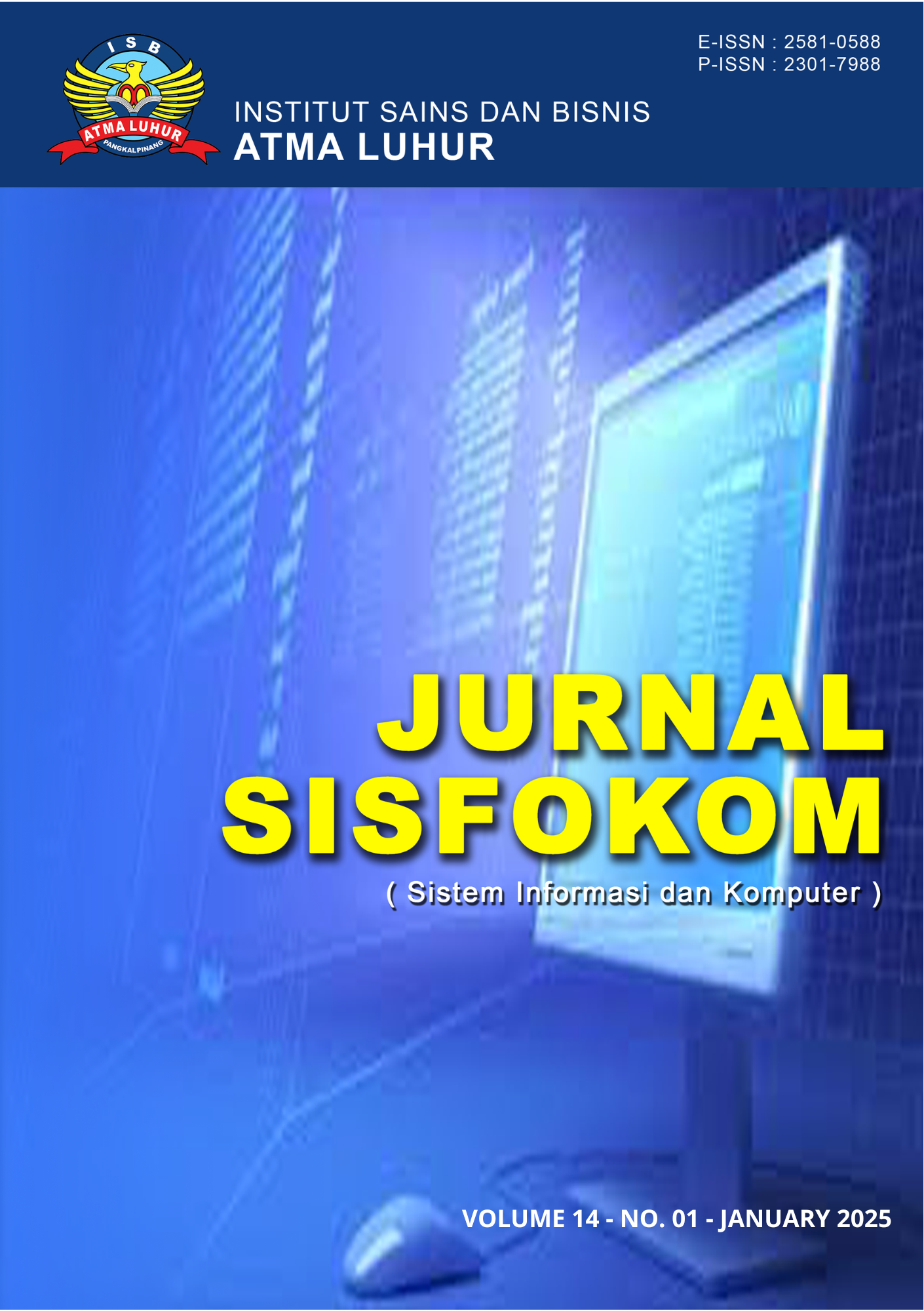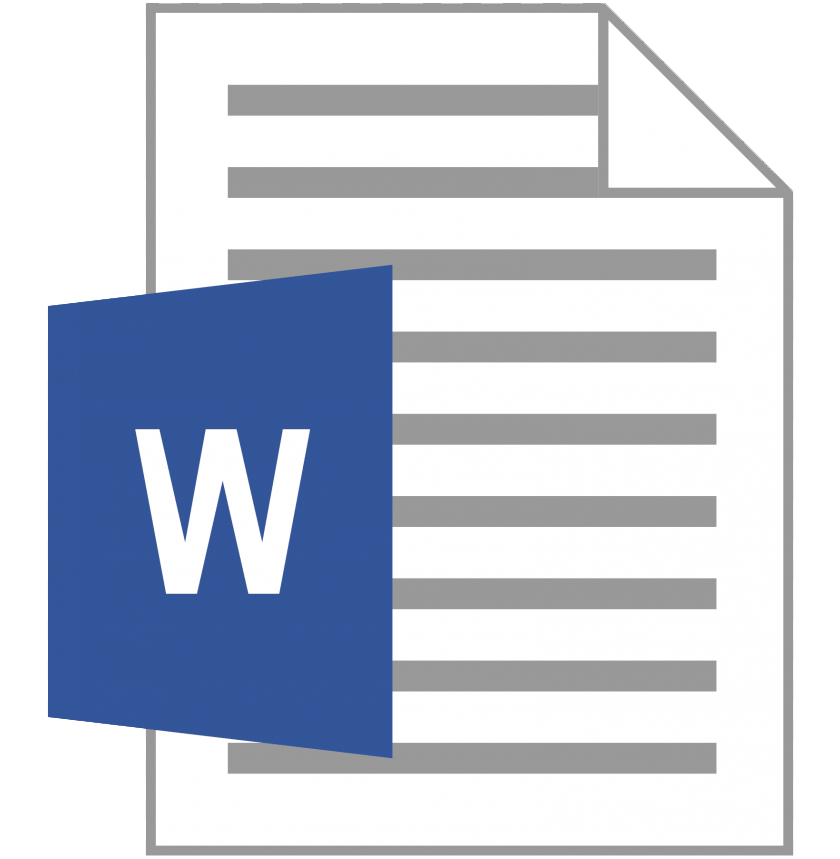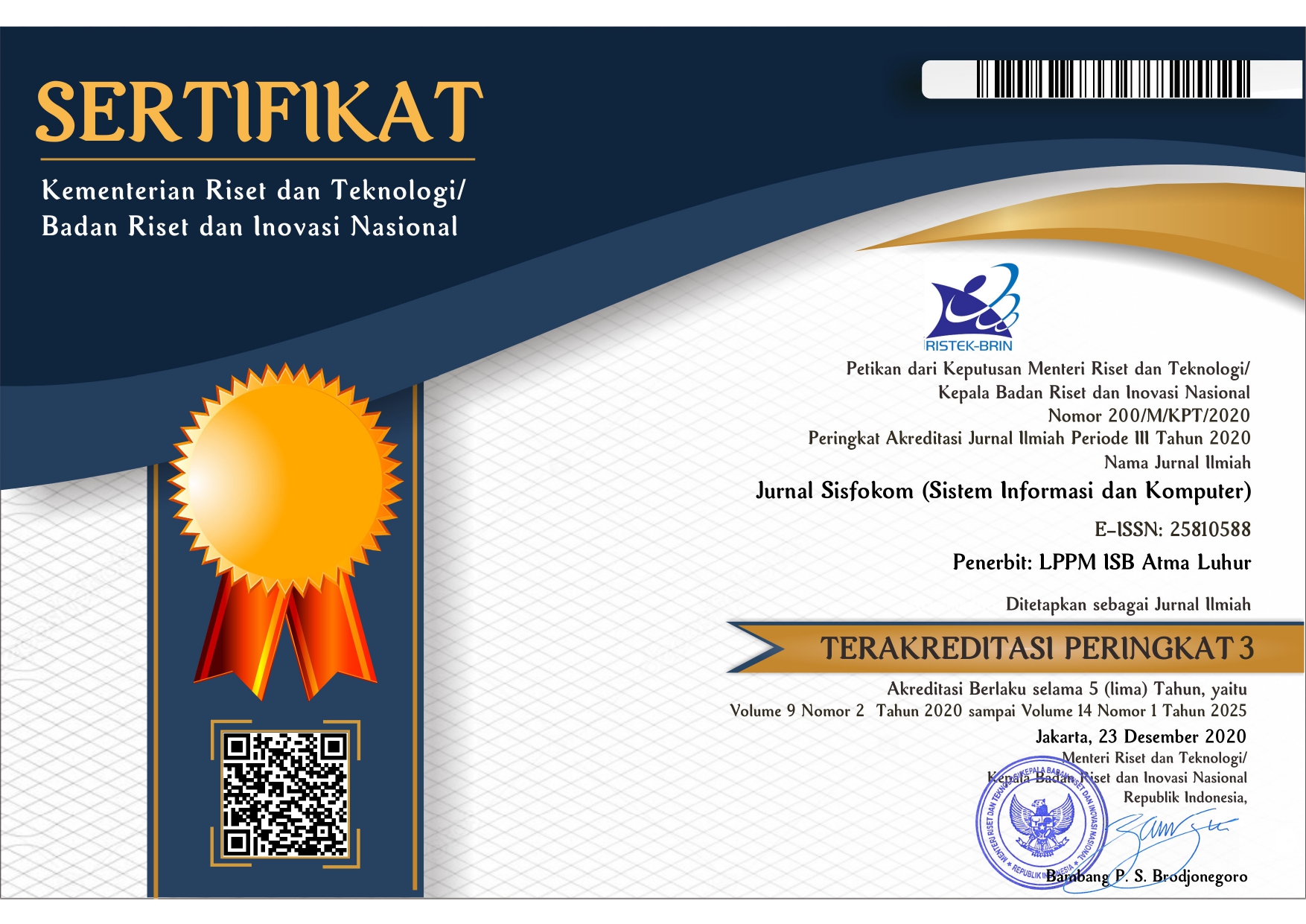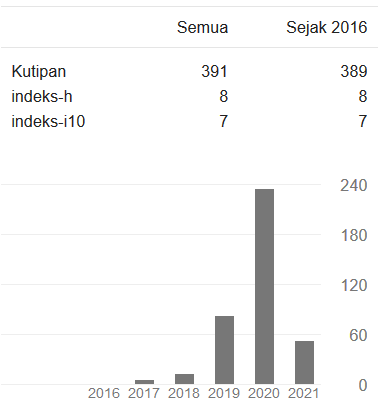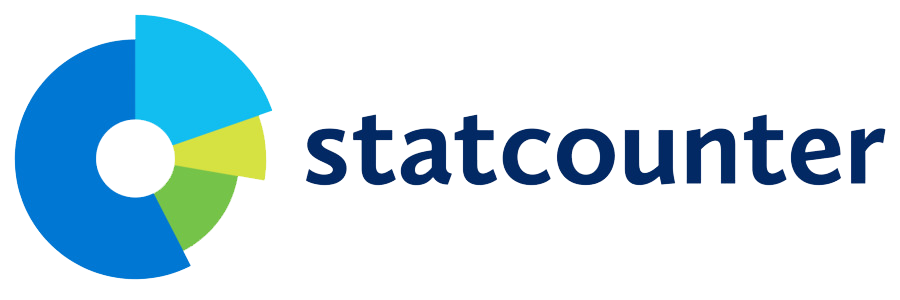Clustering OKU Timur Script Images using VGG Feature extraction and K-Means
DOI:
https://doi.org/10.32736/sisfokom.v14i1.2292Keywords:
System Information, Information Technology, Computer Science, Science TechnologyAbstract
This study focuses on the utilization of clustering models to group manuscript images from the OKU Timur region based on specific characteristics. OKU Timur is rich in cultural heritage, including a unique writing system known as the OKU Timur script. The development of intelligent systems technology can be employed to recognize the OKU Timur script. For this purpose, a dataset of OKU Timur script is needed, which will later be used for classifying script images. One of the challenges in preparing the dataset is grouping a large number of script image samples according to the number of characters. A proposed solution in this research is to automatically group script images by applying the K-Means algorithm. The dataset comprises 2,280 images, representing 19 characters and 228 variations with different diacritics. Features are extracted using the VGG16 model, which are then clustered with the K-Means algorithm. Clustering performance is evaluated based on the percentage of correctly grouped characters. For 19 groups (character count), the model achieves an accuracy of 82.6%. For 228 groups (variations and diacritics), it correctly groups 48.16% of characters. Despite the challenges, the results demonstrate the model’s potential for further refinement. This study’s contribution lies in introducing an efficient clustering approach for cultural manuscripts, supporting digital preservation, and advancing automatic recognition of the OKU Timur script. These efforts aim to preserve the script for future generations.References
E. Roza, “Aksara Arab-Melayu di Nusantara dan Sumbangsihnya dalam Pengembangan Khazanah Intelektual,” TSAQAFAH, vol. 13, no. 1, p. 177, May 2017, doi: 10.21111/tsaqafah.v13i1.982.
R. Alhapizi, M. Nasir, and I. Effendy, “Penerapan Data Mining Menggunakan Algoritma K-Means Clustering Untuk Menentukan Strategi Promosi Mahasiswa Baru Universitas Bina Darma Palembang,” 2020. [Online]. Available: https://journal-computing.org/index.php/journal-sea/index
A. Cluster Provinsi Indonesia Berdasarkan Produksi Bahan Pangan Menggunakan Algoritma K-Means, T. Tendean, and W. Purba, “Analisis Cluster Provinsi Indonesia Berdasarkan Produksi Bahan Pangan Menggunakan Algoritma K-Means,” Jurnal Sains dan Teknologi), vol. 1, no. 2, pp. 5–11.
Sekar Setyaningtyas, B. Indarmawan Nugroho, and Z. Arif, “Tinjauan Pustaka Sistematis: Penerapan Data Mining Teknik Clustering Algoritma K-Means,” Jurnal Teknoif Teknik Informatika Institut Teknologi Padang, vol. 10, no. 2, pp. 52–61, Oct. 2022, doi: 10.21063/jtif.2022.v10.2.52
I. Nyoman and M. Adiputra, “Clustering Penyakit DBD Pada Rumah Sakit Dharma Kerti Menggunakan Algoritma K-Means,” INSERT: Information System and Emerging Technology Journal, vol. 2, no. 2, p. 99, 2021.
M. Benri, H. Metisen, and S. Latipa, “Analisis Clustering Menggunakan Metode K-Means Dalam Pengelompokkan Penjualan Produk Pada Swalayan Fadhila,” 2015.
T. D. Pangestu, V. Yose Ardila, M. Suteja, and S. P. Barus, “Klasterisasi Hewan berdasarkan Morfologi dengan K-Means Klastering untuk Memudahkan Pemahaman Taksonomi Hewan Klastering Animals based on Morphology with K-Means Klastering to Facilitate Understanding of Animal Taxonomy.”
Downloads
Published
Issue
Section
License
Copyright (c) 2025 Jurnal Sisfokom (Sistem Informasi dan Komputer)

This work is licensed under a Creative Commons Attribution 4.0 International License.
The copyright of the article that accepted for publication shall be assigned to Jurnal Sisfokom (Sistem Informasi dan Komputer) and LPPM ISB Atma Luhur as the publisher of the journal. Copyright includes the right to reproduce and deliver the article in all form and media, including reprints, photographs, microfilms, and any other similar reproductions, as well as translations.
Jurnal Sisfokom (Sistem Informasi dan Komputer), LPPM ISB Atma Luhur, and the Editors make every effort to ensure that no wrong or misleading data, opinions or statements be published in the journal. In any way, the contents of the articles and advertisements published in Jurnal Sisfokom (Sistem Informasi dan Komputer) are the sole and exclusive responsibility of their respective authors.
Jurnal Sisfokom (Sistem Informasi dan Komputer) has full publishing rights to the published articles. Authors are allowed to distribute articles that have been published by sharing the link or DOI of the article. Authors are allowed to use their articles for legal purposes deemed necessary without the written permission of the journal with the initial publication notification from the Jurnal Sisfokom (Sistem Informasi dan Komputer).
The Copyright Transfer Form can be downloaded [Copyright Transfer Form Jurnal Sisfokom (Sistem Informasi dan Komputer).
This agreement is to be signed by at least one of the authors who have obtained the assent of the co-author(s). After submission of this agreement signed by the corresponding author, changes of authorship or in the order of the authors listed will not be accepted. The copyright form should be signed originally, and send it to the Editorial in the form of scanned document to sisfokom@atmaluhur.ac.id.

